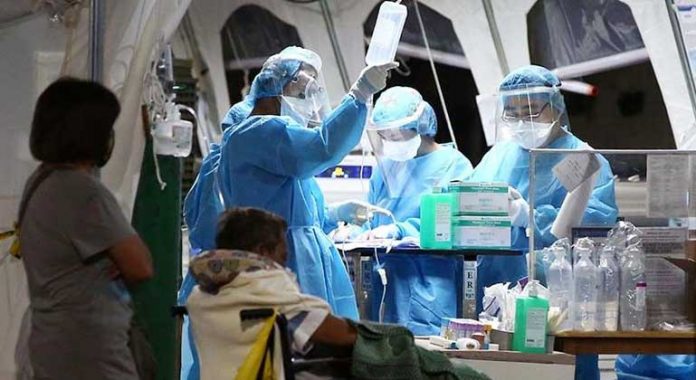THE GROWTH in healthcare costs in the Philippines is expected to accelerate to 10.1% this year from 9.3% in 2019, Mercer Marsh Benefits (MMB) said in a report.
According to the MMB Health Trends: 2020 Insurer Survey, healthcare cost inflation in the Philippines is expected to come in below the Asia average of 10.7%.
“In 2020, medical costs in the Philippines are expected to outpace general inflation by six times with an average rise in medical costs of 10.1%, slightly below the Asia average of 10.7%,” according to a statement accompanying the release of the report.
The Philippine medical cost trend in 2020 is fifth-highest among the 11 Asian markets surveyed.
Indonesia has an expected cost growth of 13.8%, followed by Malaysia at 13.5%, Vietnam 12%, and India 11.5%.
Globally, the 2020 projected medical trend rate increase is 9.5%, down from 9.7% last year.
“Medical costs in the Philippines continue to outstrip inflation which is unsustainable in the longer term,” according to Maria Theresa E. Alday, Mercer’s CEO for the Philippines, said in the statement.
“While the pandemic has put cost management into sharp focus, employers need to balance economics and empathy to provide health programs that are meaningful, but also maximize return on investment,” he added.
According to the report, Asia was hit earlier than other regions by the coronavirus pandemic and was able to “bounce back” faster.
The majority of the impact from COVID-19 (coronavirus disease 2019) claims deferral was felt in the first part of 2020 and “a significant portion of medical spend” which included inpatient and outpatient services has resumed.
“The rise in medical costs also reflects the increased unit cost of care due to providers passing on the cost of personal protective equipment (PPE) needed to safely perform services in their bills as well as the higher cost of supply imports due to exchange rate fluctuations,” Mercer Asia Leader Joan Collar said about the double-digit increase for Asia.
The survey also found an increase in insurers that offer virtual health consultations in Asia to 47% from 32% last year.
It said 47% of insurers in the region cover preventive health initiatives and an additional 22% indicated that they are experimenting with such plans within the next 24 months or have completed the development of such plans.
Ms. Alday said companies are focusing more on employee health and well-being, with on-site clinics viewed as a viable long-term cost-containment strategy.
“The pandemic means that now, more than ever, the onsite clinic will be the centerpiece of health management in the Philippines. They present both an opportunity for employers to actively manage employee health and an effective lever to address escalating medical costs,” she said.
The survey, however, found “remaining gaps in mental health support” despite the demand seen during the public health crisis. It said that one-third of the insurers are offering it globally and 38% of insurers in Asia do not provide plans for it.
The report also found that 68% of insurers expect claims to rise due to the cost of COVID-19 related diagnostics, care and treatment.
It also said that prices for various services are increasing, with 68% of insurers expecting costs to increase in 2021 due to health providers charging more to offset revenue lost due to COVID-19.
The survey polled in close to 240 insurers across 59 countries, excluding the United States, between early June and mid-July. — Vann Marlo M. Villegas

